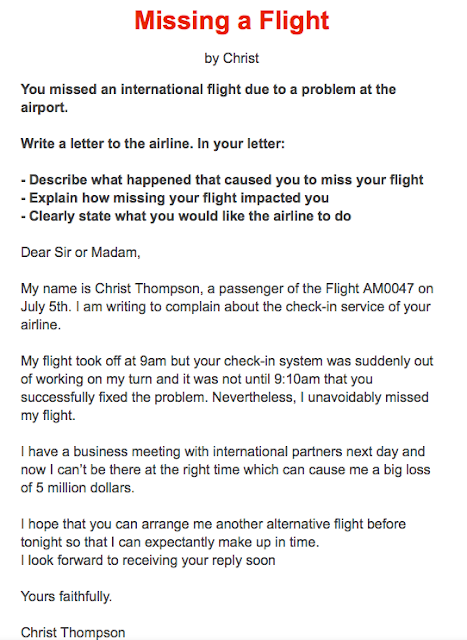Agile Scrum Overview
In today's competitive world, plethora of companies are adopting to Agile scrum practices. In order to make it easier for your, we will be sharing the basic principles of Agile scrum and the day-to-day activities that is being followed. Who is responsible for what and many more questions.
Agile Scrum Teams-
Agile Scrum Teams-
- There can be 5 to 9 team members in Agile Scrum Team.
- Core Scrum teams sits together.
- Ratio of developers to testers is 2:1 or 4:1.
- Team members collaborate to complete high prioritised stories first.
- Team members work in cross functional roles.
- Feedbacks are shared by the team members.
Scrum Master -
- SM is a servant leader.
- Objective of SM is to remove impediments.
- Scrum Master updates Burnt Down Chart before start of DSU call.
- SM acts as an bridge between the management and the core scrum team.
- SM works directly with Product Owner(PO).
Product Owner -
- PO has the knowledge of the user stories and is responsible to prioritise the user stories.
- PO interacts directly with the team and decide accordingly.
- PO maintains backlog.
- PO gets in touch with stakeholders for creating product backlog.
Definition of Done -
- After the stories are moved to 'Done', a DOD document is created to document the list of activities performed in achieving the acceptance criteria.
- DOD document is reviewed by the Product owner.
Estimation -
- Estimation for the user stories are provided by the team.
- During PI planning, story sizing takes place where PO asks for the story estimation from team members.
Daily Scrum Call -
- Happens for max 15 mins on daily basis.
- Attendance is mandatory for the team members.
- Everyone answers 3 questions - what they worked on, what they will be working on next, any impediments in achieving the target.
- Necessary actions are taken if the team is lagging, Burn down chart is referred for the analysis.
Sprint Review -
- Once the stories are moved to 'Done', sprint review is conducted.
- Max duration for sprint review is 4 Hours.
- Working application is being demonstrated by the team.
- The stories accepted by the PO is demonstrated.
- Stake holders are part of Sprint Review and Feedbacks are received from them.
Sprint Retrospective -
- Takes place after every sprint.
- Team members participates in Sprint retrospective and shares feedbacks.
- Team collates data, analyses them and comes up with action plan.
- Action items are prioritised and implemented in the upcoming sprints.
- Everyone gives their opinions and feedback.
Impediment Backlog -
We have covered most of the important topics above. One should be aware of these terminologies and methodology when working in an Agile team.
- An impediment backlog is maintained by the PO and is visible to everyone.
- Impediment backlog that consists of stories that can't be resolved are escalated to Agile project manager.
Velocity -
- Velocity is recorded after each sprint.
- Used for release planning.
- Partially completed stories are not accounted for velocity.
- includes the stories accepted by PO.
Burndown -
- Every team has burndown chart.
- Highly visible.
- Updated on daily basis.
- Team takes action when burndown is too high/ low.
Sprint Backlog -
- Every team has sprint backlog.
- Updated on daily basis.
- Highly visible and easily accessible to team member.
- Sprint to task relation is mapped.
Happy Testing!


Comments
Post a Comment